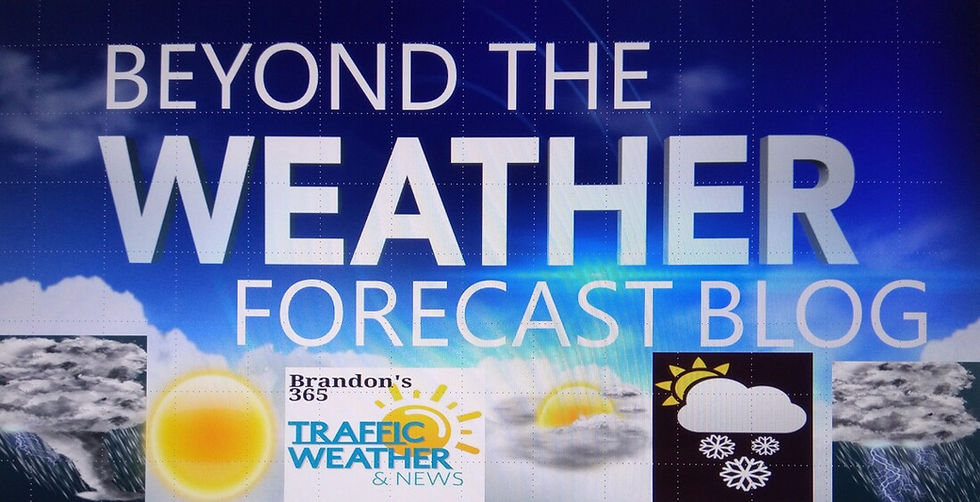Beyond The Forecast: Why is forecasting snow and winter weather difficult in the south?
- Brandon Shipp

- Nov 22, 2020
- 2 min read
Snow reaching the surface requires the right combination and those factors can be little details that make a big difference. Forecast models can have a tough time if one small detail is off. Forecast models predict weather using current atmospheric conditions. Forecast models do not consider the whole atmosphere. Temperatures at the surface isn't the only factor to consider. Temperatures higher up in the atmosphere up to 30,000 feet matter. The temperatures at levels in between are important as well. If there are any warm areas in between, precipitation may fall as a rain/snow mix, or if it is too warm in the mid-levels, it could turn out to be just plain old rain. A small change in the temperature can affect accumulation too. Back in February 2015 the North Georgia mountains had a big snow storm but there was a well defined cut off from a lot of snow to freezing rain and then just a cold plain rain. Areas along and south of I-20 mostly had a cold rain because it was too warm in the mid-level. Parts of North Georgia ended up with a half foot of snow. Temperatures at different levels can have a BIG major impact on what areas see in terms of precipitation. Conditions can change rapidly by just several miles. For example, in Georgia Atlanta (Fulton county) might have a cold rain while Cherokee county up towards Woodstock and Canton might have snow or a rain/snow mix. If sleet mixes it can cut down on snow accumulations as well. On top of that the track of a storm system can bring about change. Usually in Georgia, Tennessee, Alabama and Mississippi, we need a low pressure system to track along the gulf with cold air already in place. If cold air is chasing the moisture 9 times out of 10 most areas end up with little to no snow. Also, Alberta clippers typically bring little to no snow. We had a good low pressure tracking to the south of the area along the gulf in 1993 when the blizzard hit. Also 2010 and 2011 featured several gulf lows with good snows in the south. 2014 had 2 back to back snow and ice storms in the south in January and February. December 2017 a major snow storm affected parts of Georgia and Alabama especially North and West Georgia and eastern and northeast Alabama. Some areas had between 6 and 12" of snow back in December 2017. As you can tell from reading this there are so many factors to consider when forecasting snow and other types of winter precipitation.










Comments